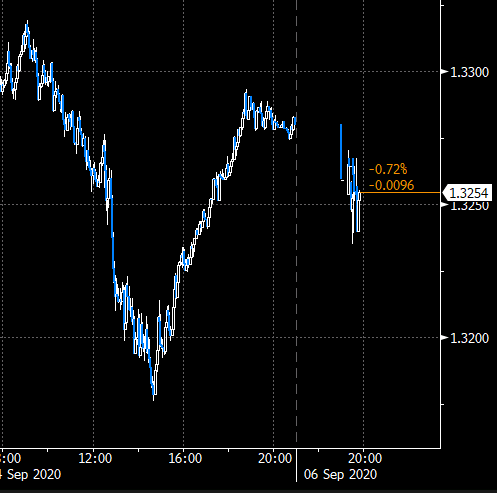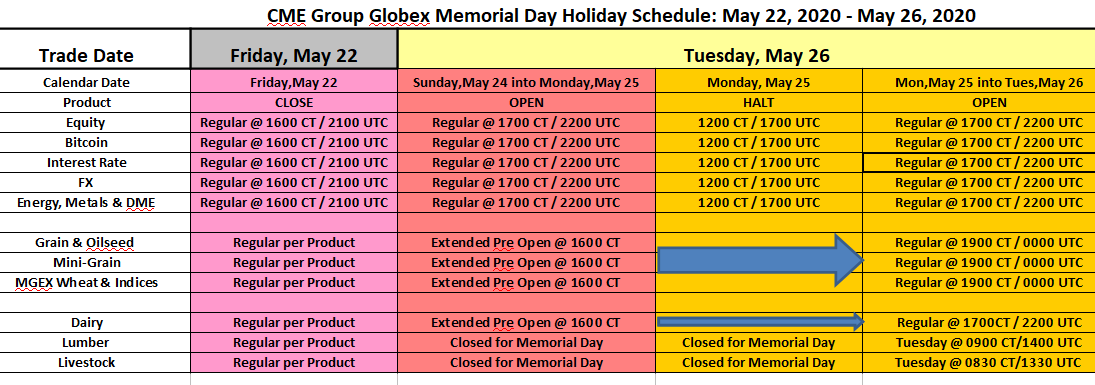Michael Lewis has a spellbinding talent for finding emotional dramas in complex, highly technical subjects. He did it for the role of left tackle in American football in The Blind Side (2006), and for the science of picking baseball players in Moneyball (2003). In Flash Boys, he turns his gaze on high-frequency computerised trading in US stock markets.
In terms of sheer storytelling technique, Flash Boys is remarkable. High-frequency trading, although often in the news when things go wrong, as in the 2010 “flash crash”, is hard for a specialist to understand, let alone the average reader. It is as if a violinist, bored with the repertoire, opted to play Paganini right-handed as a challenge.
Lewis reaches a stark conclusion: US stock markets are now rigged by traders who go to astonishing lengths to gain a millisecond edge over their rivals. As the innocent investor presses a button to buy shares, they leap invisibly into electronic markets to profit from the order and thousands of others, siphoning off billions of dollars a year.
The rise of high-frequency trading (HFT) was encouraged by a regulation passed in 2005, which aimed to open large exchanges such as the New York Stock Exchange and Nasdaq to stiffer competition. The idea was to make trading fairer; it instead unleashed, in Lewis’s view and that of other critics, a tidal wave of algorithmic front-running by traders whose superfast connections to stock exchanges allow them to react to buying and selling before others can. (more…)



